JSW Steel catching up fast with Tata Steel
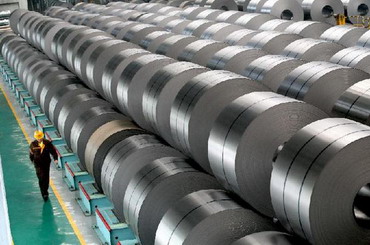
Tata Steel, India’s oldest steel maker, appears to be losing the race for the domestic market in the wake of its try at climbing the global ladder with the acquisition of Corus, now Tata SteelEurope (TSE).
Tata Steel has slipped to number three position in the India market, after JSW Steel, from being the second largest at the time of the Corus acquisition in 2007. During the September quarter, it sent 2.11 million tonnes (mt) of finished steel in the domestic market against JSW Steel’s 3.07 mt and Steel Authority of India’s (SAIL’s) 2.93 mt.
At the consolidated level, too, its scale advantage over JSW has been shrinking, due to a slower capital expenditure (capex) in India and poor volume growth in Europe. The Corus acquisition had made Tata Steel the world’s sixth largest producer, with production capacity nearly 10 times that of JSW. At present, its global deliveries are a little over twice as large as JSW. And, the gap is shrinking, with the latter having aggressively expanded its capacity through a mix of organic capex and acquisitions. Tata Steel has seen a fall in production and deliveries in Europe, its largest market, due to poor economic conditions on the continent.
In the second quarter, Tata Steel shipped 6.5 mt of steel globally, against JSW Steel’s 3.07 mt. Tata Steel deliveries outside India declined to 4.39 mt in the September quarter this year from 4.44 mt a year ago.
Analysts agree. “It is obvious that its huge operations in Europe will get the maximum attention of Tata Steel’s senior management, while the domestic business will take a back seat, especially when the former is making losses while the latter remains profitable,” says a steel analyst with a brokerage house here.
“Moreover, downsizing the European operations, which it had to post the 2008 Lehman crisis, would have also been time consuming for the management, leaving little resources to chase the growth opportunity in India,” adds an analyst with a foreign brokerage house, on condition of anonymity.
When acquired, TSE had a capacity of 21 mt, with plants in the UK and Netherlands. This is down to 17 mt and could fall further by up to five mt, as the company plans to sell it long products division, for which the due-diligence is on.
Analysts say the Corus acquisition and its subsequent losses have sapped the company’s finances, restricting its expansion plans. For example,JSW Steel outbid Tata Steel to acquire Ispat Industries. This raised the latter’s capacity by nearly 30 per cent and provided it with a foothold in the value-added segment and a presence in western India. Early this year, JSW acquired 50 per cent in Vallabh Tinplate and later bought Welspun Maxsteel.
“The Ispat acquisition was a game changer for JSW, as it took the total capacity to 14.3 mt, ahead of Tata Steel India, and expanded its value-added product portfolio. Tata Steel, which had also bid for the debt-laden company, is left with the 9.7 mt Jamshedpur unit,” said an analyst with a local brokerage.
JSW Steel’s strategy of keeping an aggressive stance in acquiring assets has helped it to grow at a lower cost, despite the Mumbai-based company being younger than Tata Steel. JSW paid around Rs 38,000 a tonne, including debt, for Ispat’s 3.3 mt operational unit. This works out to around $600 a tonne, much lower than plans for new units which cost around $1,000 a tonne. Tata Steel is spending around Rs 42,000 crore to set up a six mt new unit at Kalinganagar (Jajpur district) in Odisha.
Tata Steel, however, denies losing out in the domestic market. “Over the past five years, steel demand in India has grown by 42 per cent, while our deliveries (including downstream transfers) have grown by 77 per cent, implying an increase in our market share,” said a company spokesperson via email.
It also says its market share will rise further, as it had recently commissioned a new 600,000-tonne continuous annealing facility, beside the first phase of the Kalinganagar project becoming operational from early next year, increasing its domestic capacity to 13 mt annually.
Analysts say things could have been better for Tata Steel if Corus had not been in its basket. “Had they not bought Corus, they on their own would have been the size of Corus by now, with hardly any debt on the books,” said the analyst with a foreign brokerage.
It shows in the numbers since FY08, when the company began to consolidate Europe’s number with itself. The company cumulatively generated cash flows worth Rs 84,447 crore since FY08 and a little over three-fourth of this (Rs 64,438 crore) was generated by domestic operations. Beside, it cumulatively raised Rs 43,400 crore through debt and equity issues during the period. In comparison, the domestic arm invested around Rs 40,000 crore on capex or only 37 per cent of the entire cash inflow since FY08. The bulk of cash was spent on supporting its loss-making European operations.
“Corus’ debt has not been manageable for Tata Steel and the company has had to rely on cash from Indian operations. Had Corus not been there at all, the funds could have easily been diverted to creating more capacity in the domestic market,” said an analyst with a foreign brokerage.
The company’s stretched balance sheet amid weak operations perhaps explains the slip in ranking. Today, among the top 25 global steel producers, Tata Steel has slipped to 11th position, from seventh rank in 2009.
XINSTEEL INFORMATION

 +86 371 55057610
+86 371 55057610  inquiry@xsteelplate.com
inquiry@xsteelplate.com


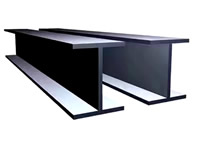
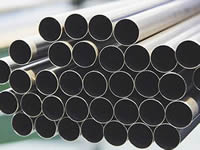
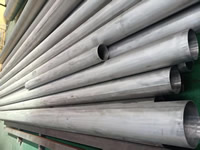
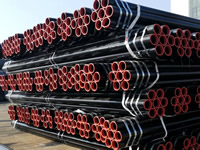
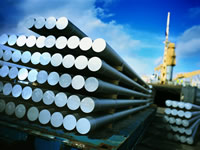

 Tel:+86 371 55057610
Tel:+86 371 55057610  Fax: +86 371 5505 7611
Fax: +86 371 5505 7611